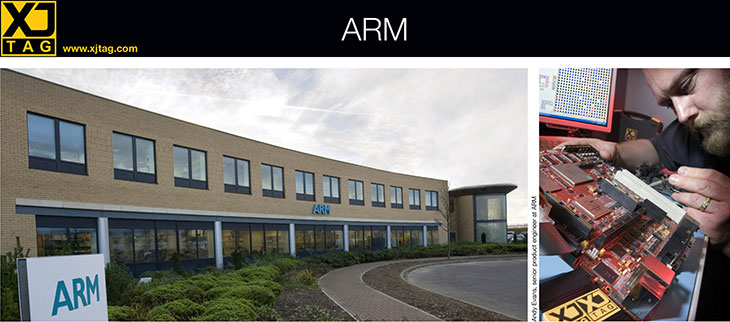In-System Programming (ISP)
Introduction
Most modern programmable devices, such as FPGAs, DSPs and CPLDs, are not just designed to be JTAG compliant, but also include additional JTAG functionality, allowing them to be programmed/configured after they have been attached to the circuit.
Other devices, such as some flash memories, or non-JTAG versions of the above, can be programmed indirectly through their connection to devices in the JTAG chain. It is possible to program flash memories at very high speeds with certain Flash/FPGA configurations.
Benefits of ISP or ISC (in-system configuration)
- Efficient production – Prototype and final hardware can be manufactured before device configuration is finalised.
- Efficient debug & testing – Test and program devices ‘in-circuit’ via the JTAG Test Access Port (TAP).
- Using JTAG to program devices ‘in system’ eliminates the need to buy expensive programmers and socketed devices.
- Low risk of damage due to reduced handling – Devices are soldered once and programmed or re-programmed on-board.
- Simple field upgrades – Software/firmware can be upgraded on site via JTAG programming, saving down-time costs.
Fast, efficient programming with XJTAG
Devices can be programmed with the XJTAG system in a number of ways:
- Run an SVF file in XJDeveloper, XJRunner or XJAnalyser.
- Run a JAM/STAPL file in your XJDeveloper project, XJRunner or XJAnalyser.
- Program the image using your XJDeveloper project or XJRunner.
- Installed Library of example scripts for a range of devices.
- Ultra-high speed Flash programming using XJFlash.
- XJLink high throughput hardware interface to the board being programmed.
- Automatic JTAG boundary-scan access detection.
- Can be integrated into your existing design and manufacturing process.
- Program logic devices from many PLD vendors, including Xilinx, Altera, Lattice and Cypress…

Configure your products
Trusted by leading companies all over the world













